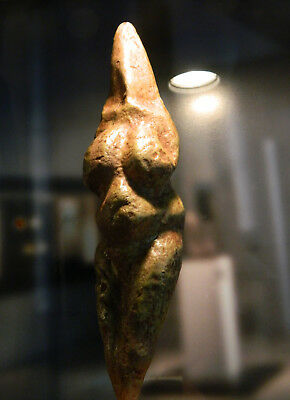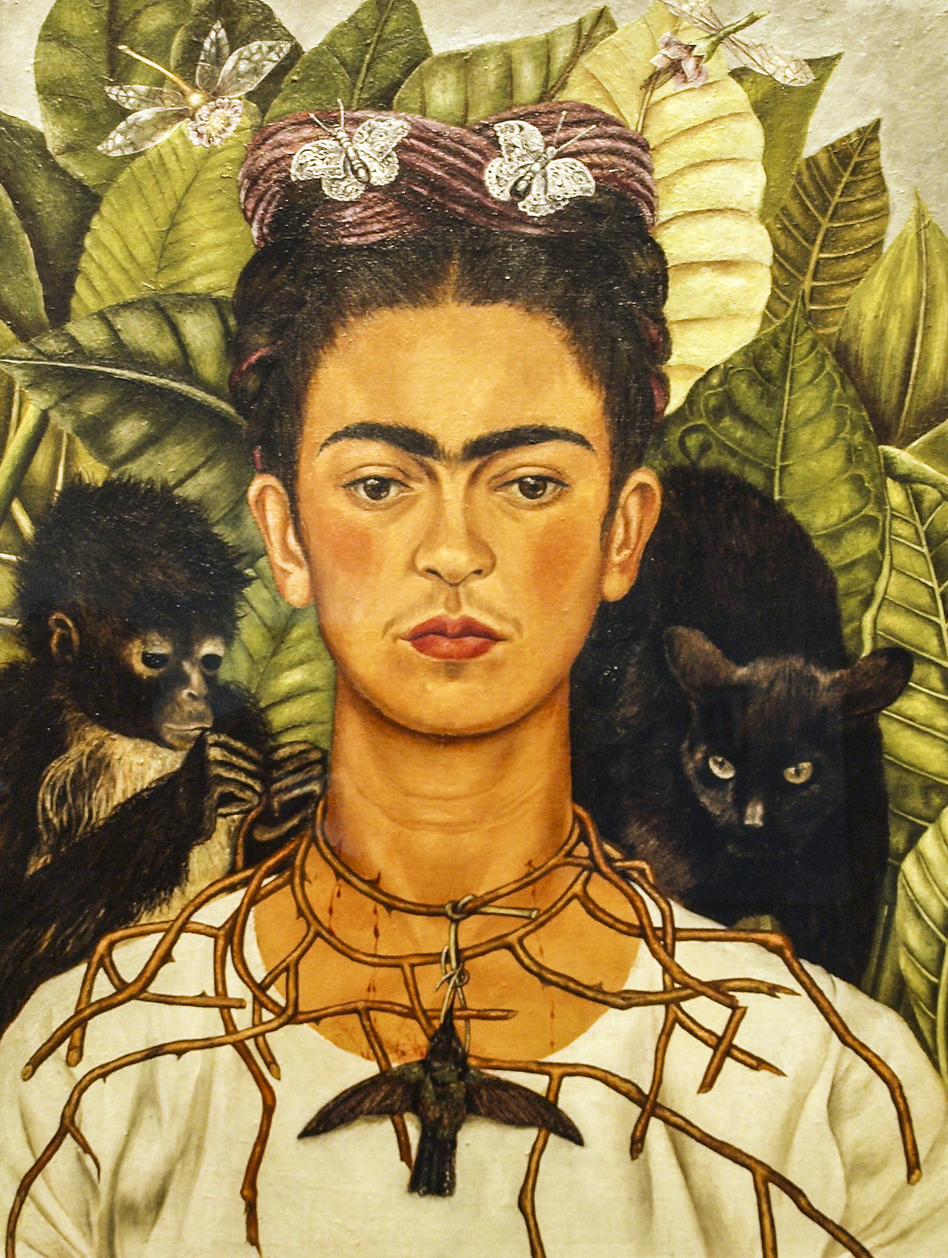The representations of the woman through the world of art
The woman has always been represented in art, covering over time different roles with different symbolic meanings. In ancient iconography, the woman appears to be mainly associated with the idea of fertility, beauty, and nature. However, the concept of women in art has been evolving continuously since then.
Women in art from the ancient iconography to the Middle Ages

The way of representing the women in art has changed not only because of the advancement of pictorial or sculptural techniques, the change in aesthetic taste or the variation of artistic currents but also for the way of conceiving the role of women in society.
In ancient iconography the woman was the mirror of fertility and nature, she was the vehicle of the principle of life, a symbol of motherhood and procreation.
Archaeologists have found numerous statuettes depicting female figures that were intended to celebrate the role of women in prehistoric societies. A canonical example is the Venus of Savignano. The statue, discovered in 1925, belongs to the Paleolithic period.
In the iconography of the Middle Ages, the role of women changed and with the advent of Christianity. The female entity is depicted exclusively in sacred images, identified mostly with the figure of the Virgin Mary.
Women in art from Humanism to Klimt
With the advent of Humanism, the themes of the paintings focus on the female entity with a different perspective. The woman gains the center of artistic-literary interest; she is no longer represented only as a “saint” but is renewed and evolves into increasingly diversified aspects.
Sandro Botticelli and Raffaello Sanzio are among the most remarkable artists that conveyed the female representation of their era. The woman becomes the symbolic embodiment of Love, the driving force of human nature.
Subsequently, the woman is painted as a sensual and strong entity, that sometimes can even be dangerous. This is the vision of Edvard Munch and Gustav Klimt. Overcoming their role of muses, women become the real protagonists on the canvas, often depicted as representations of the Truth.
Women artists
Women have never been just muses, but above all, they’ve been artists.

Among some of the most remarkable female artists in history there are names like Eva Hesse, George O’Keeffe, and Frida Kahlo, just to name a few. It’s not causal however that renowned women’s names in art belong in the twentieth and twenty-first centuries.
As artists, they have not always received due recognition in past eras. There were many women who already painted in ancient times, but the major part of the testimonies and the documentation relating to their production has unfortunately been lost.
For example, at the beginning of the 18th century, a large number of women were portraitists, however, we will never be able to rehabilitate their history. Also, women artists were deprived of all the advantages which men instead benefited from. For example, in art studies, women were not allowed to paint naked or even participate in these kinds of classes.
Fortunately, with the time passing, names like those of the Baroque genius Artemisia Gentileschi, the impressionist painter Mary Beale and portraitist Sofonisba Anguissola become known all over the world, enriching the world artistic heritage with their impressive works.